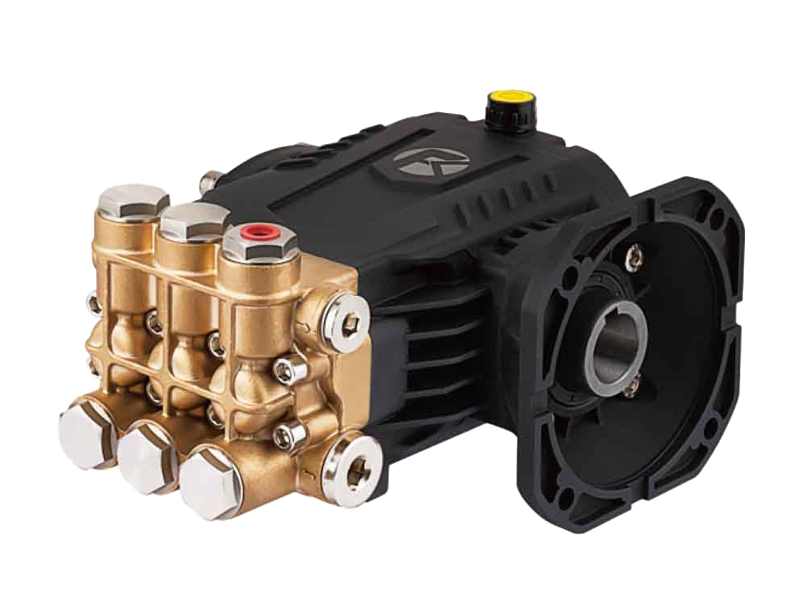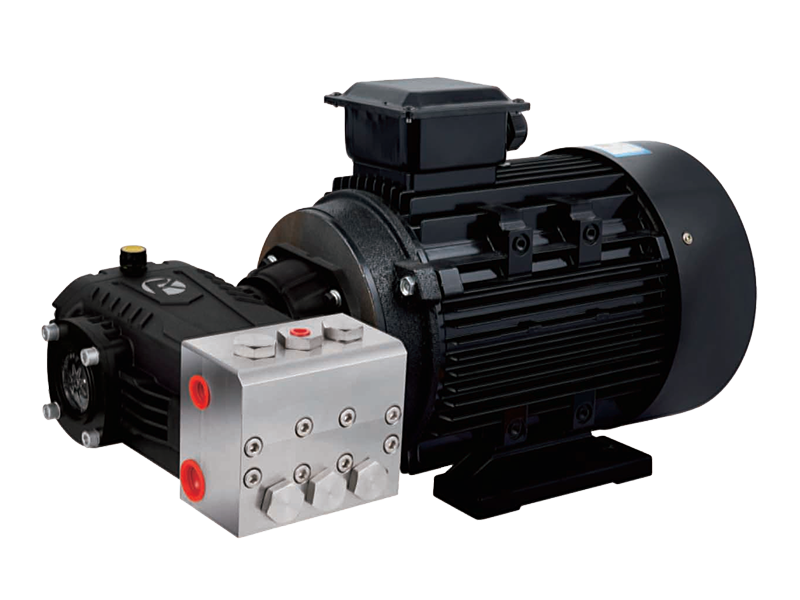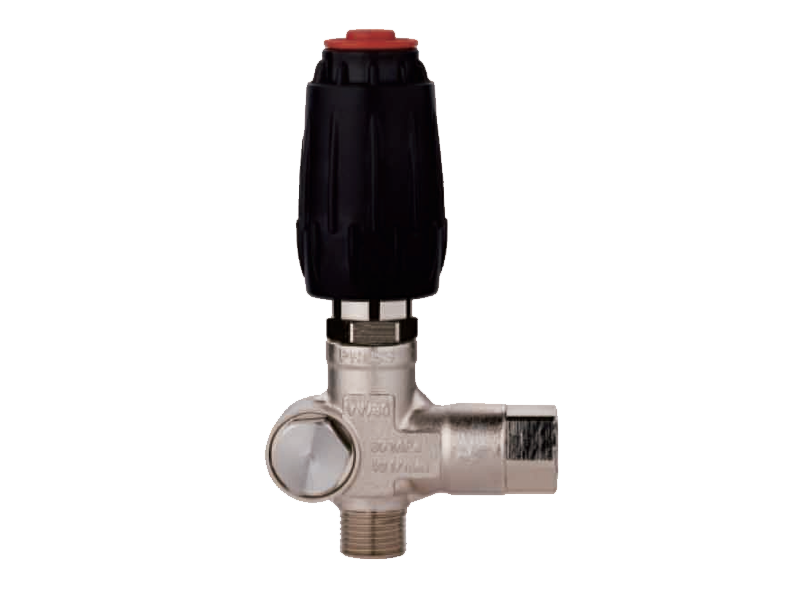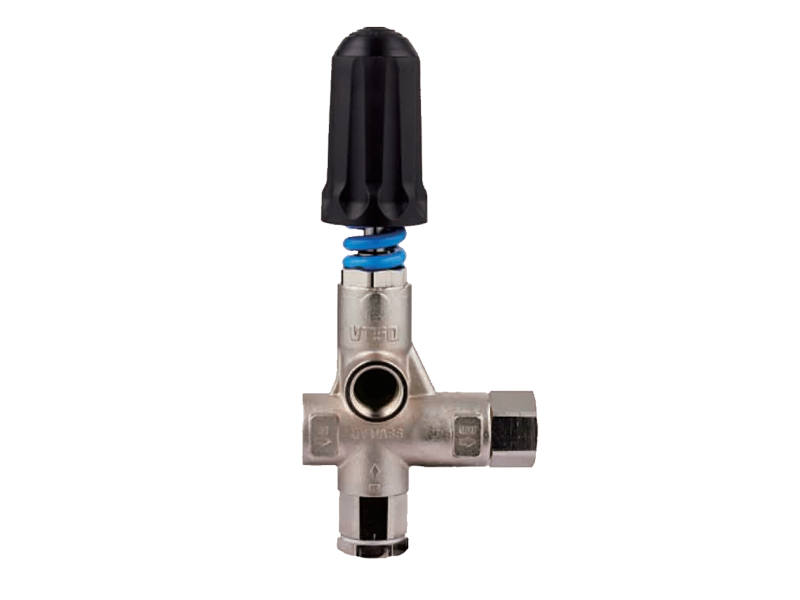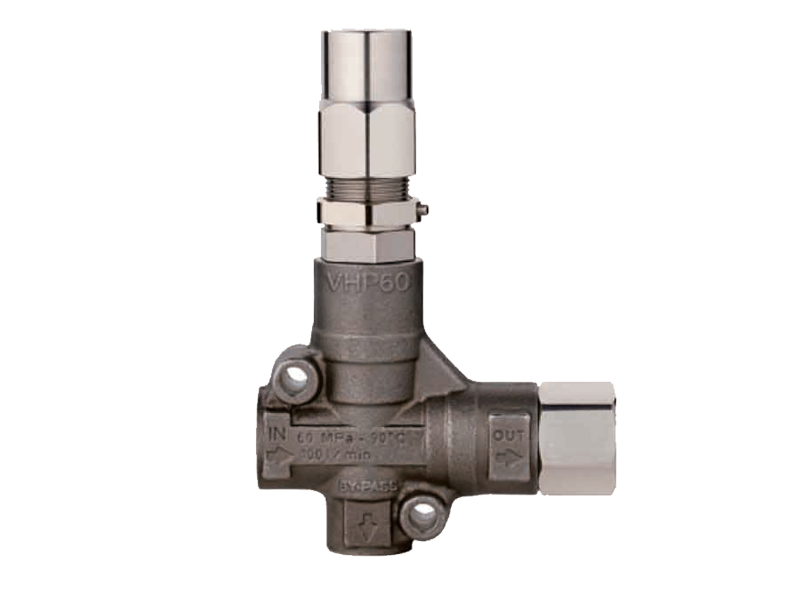Efficiency and Structural Optimization in Three-Plunger High-Pressure Pumps
Energy Efficiency as a Core Evaluation Standard
The assessment of energy consumption has become just as critical as pressure performance and durability. Industries ranging from manufacturing to petrochemicals and agricultural irrigation increasingly prioritize equipment that saves power while maintaining reliable output. The Three Plunger High Pressure Pump has long been valued for its high discharge pressure and stable flow characteristics, but users are now paying closer attention to whether its structural design supports energy-saving operation and optimized efficiency. Understanding how this pump performs in real-world energy metrics helps businesses better plan for both operational cost and sustainability demands.

Structural Advantages Supporting High Efficiency
A major contributor to efficiency in three-plunger configurations lies in their balanced mechanical design. With three plungers working in an overlapping stroke sequence, fluid delivery becomes smoother and pulsation is reduced compared to single- or dual-plunger alternatives. Reduced pulsation not only enhances the stability of fluid flow but also lowers energy losses caused by pressure fluctuations. The pump’s crankshaft, connecting rods, and precision bearings are typically engineered to decrease mechanical friction, improving power transmission efficiency between the motor and hydraulic output. Additionally, many manufacturers now adopt advanced metallurgy and surface-treatment technologies that further reduce internal wear, helping the pump maintain efficient performance throughout its service life.
Advanced Sealing and Hydraulic Efficiency
One key factor influencing the energy efficiency of high-pressure pumps is hydraulic sealing. The three-plunger model often employs multi-stage sealing systems composed of high-pressure-resistant polymer rings, wear-resistant packing, and precision-machined plunger surfaces. This arrangement reduces internal leakage, ensuring more of the input power translates directly into fluid pressurization instead of being lost as heat and friction. Meanwhile, liquid flow passages are typically optimized to decrease turbulence. Compared with older pump designs that suffer from inefficient flow geometry, modern versions are shaped to guide liquid smoothly, reducing pressure loss and lowering the power required to reach target discharge levels.
Real-World Industrial Energy Benefits
Industries that rely on intensive continuous pumping, such as cleaning systems, reverse-osmosis desalination, boiler feed, and chemical transport, stand to benefit most from the pump’s energy efficiency. When operating long hours daily, even minor structural efficiency gains translate into significant electricity savings. Moreover, the stable output and balanced stroke motion mean fewer vibrations and less noise, indirectly lowering costs related to equipment fatigue and maintenance. The long-term reliability of the pump further contributes to energy savings, as consistent performance without sharp efficiency decline eliminates the need for oversized motors or reserve systems, which could otherwise consume more power.
Optimized for Balanced Power and Performance
Overall, modern three-plunger pumping systems demonstrate strong energy-saving characteristics through optimized mechanics, improved hydraulic sealing, and optional intelligent motor control systems. Their inherently balanced design ensures smoother pressure output and lower energy waste, while upgraded sealing materials and precision machining maintain efficiency over extended operation cycles. When combined with VFD-enabled motor systems, the pump becomes a powerful tool for reducing energy consumption and optimizing operational cost in demanding industrial environments. Users seeking equipment that balances high performance with responsible power usage will find the three-plunger high-pressure configuration a compelling, efficient, and forward-thinking solut


 English
English Español
Español русский
русский